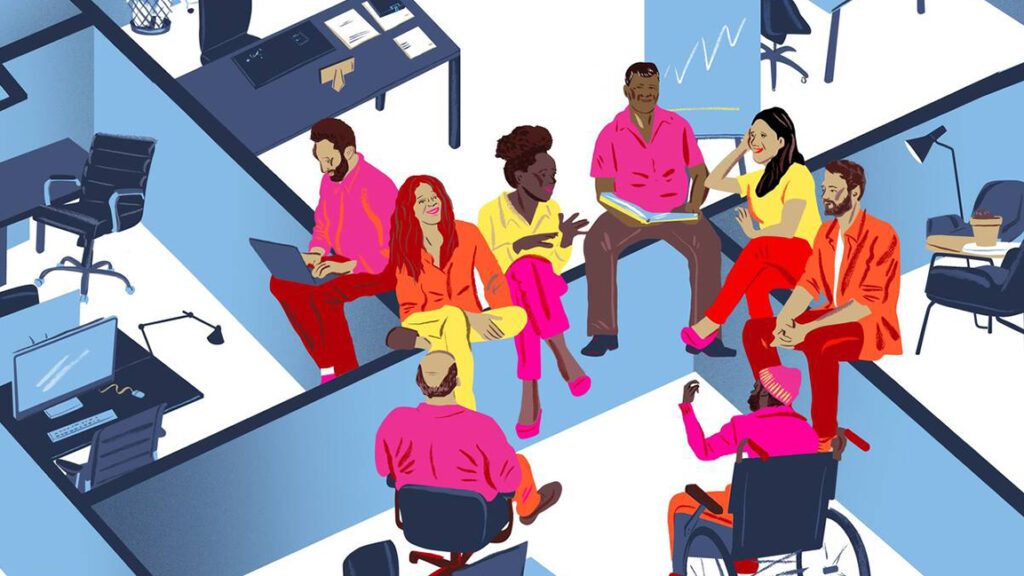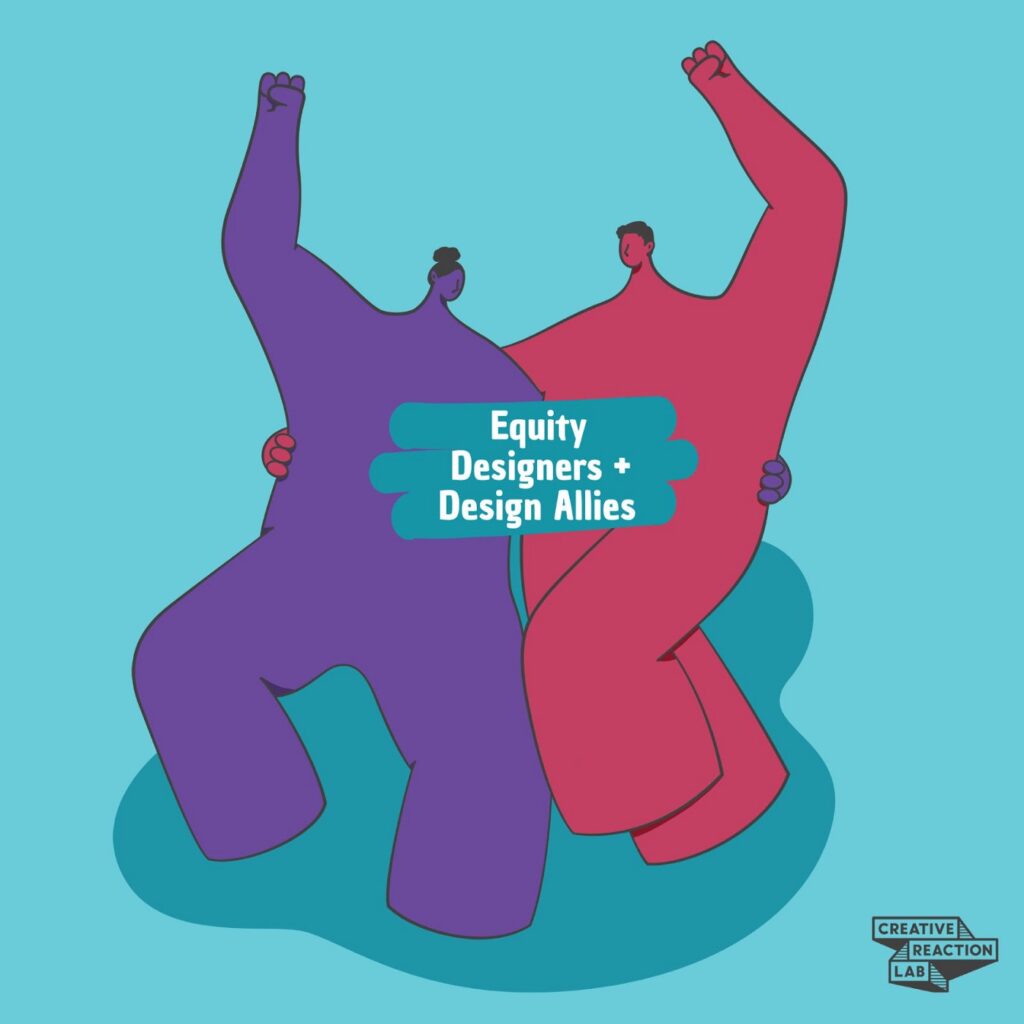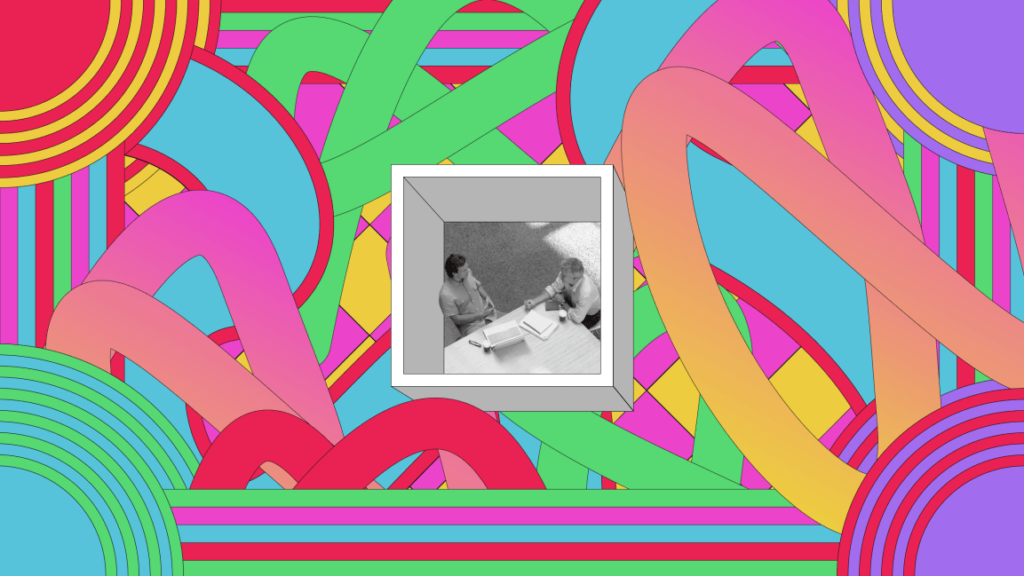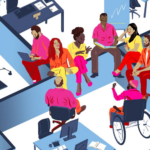Throughout the week, our team posts articles to a channel in Slack called #read-this. This helps us stay up to date with the ongoing trends at the intersection of equitable systems, circularity, strategy, business modeling, and food mobility.
As design practitioners, our approach to creative problem solving is rooted in and builds upon the process of Design Thinking. For many in the design / tech / startup worlds, this practice has become little more than a buzzword that often loses integrity when put into practice. This misuse can lead organizations toward solving the wrong problems, overlooking important context of the people they’re solving for, or worse, become an extractive and exploitative practice that hurts the communities it’s intended to benefit.
This week’s scan is a reminder of the importance of always keeping a critical eye on our own practices, ensuring that we’re always striving to design the right thing for the right reasons, with the right people at the table.

1. How to Do Design Thinking Better
Understanding people is critical to using Design Thinking effectively. In this article two researchers from the Kellogg School of Management and IDEO share how understanding human psychology offers specific ways to get more out of each phase in the Design Thinking process.

2. Human-centered design doesn’t start with the product. It starts with the workplace.
When it comes to putting human-centered design into practice, empathizing with customers isn’t enough. This article makes a case for changing the way we understand users by changing the structure of our design teams to reflect the people that we are designing for.

3. How We Empathize in UX Matters
Small design decisions can have huge impacts on people’s lives. This interview with a Social UX Researcher discusses how researchers and designers focus too much on individuals at the expense of the systemic barriers they may face.

4. Redesigners for Justice: the leaders we need for an equitable future
Systems of oppression, inequality and inequity are by design and can be redesigned. Our friends at Creative Reaction Lab promote a mindset shift (rather than a process adoption) that puts questions about power, inclusion, identity, and equity front of mind when centering someone’s lived experience.

5. Design thinking’s most popular strategy is BS
The “we” in “how might we” often refers to those in the room, exacerbating the lack of diversity in design, and resulting in products and services that serve those creating them. This article exposes the misuse of the popular Design Thinking prompt, and offers a few alternatives that foster inclusivity in problem solving.

